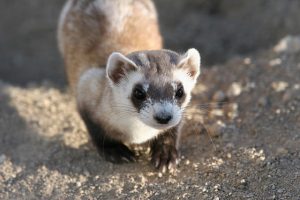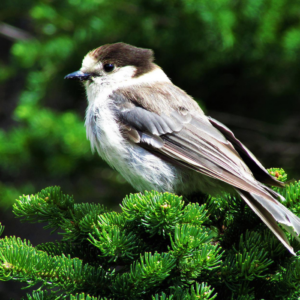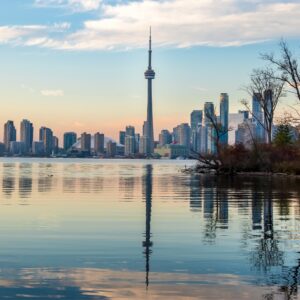Conserving the future of Biodiversity in Canada, one talk at a time
This blog was written by Carleton Practicum Student Kayla O’Neill.
Did you know in Canada the Black Footed Ferret was once extirpated, and was only reintroduced into the Grasslands National Park in 2009? (Danielle Fraser). Biodiversity loss and population decline in several species has become a big problem, especially in Canada. Provinces such as British Columbia and Ontario are rich in biodiversity, which also makes them have higher rates of threatened or endangered species.
On February 2nd, The Canadian Museum of Nature held a series of speeches from expert panelist to talk about the current state of biodiversity in Canada and what Canada as a whole could be doing different. There was a consensus that although Canada is trying, there is still a lot of work that needs to be done to be able to conserve our lands and biodiversity better. We need to stop looking at biodiversity loss as an international problem, and see it is a problem in our homelands.
Panda bears tend to be a poster species for endangered species worldwide, but in Canada, there are 40 species that have been assessed as more endangered than Pandas. (Dan Kraus)
Problems such as over exploitation, pollution and habitat loss and degradation (including climate change) are prime reasons as to why biodiversity loss is still a prominent issue. Looking into the problem of habitat loss and degradation should be a starting point for trying to solve this problem. As Daniel Kraus pointed out, even if as a whole, problems such as pollution or climate change are fixed, it will not solve anything if there are no habitats for species to come back to.
To look into this issue more, Changing the Conversation is hosting a 4 part series on Biodiversity Conversations: How Important are the common loon and polar bears to Canadians. The third one coming up, on February 16th, will look into drivers and barriers behind biodiversity. The Women for Nature expert panelist will be looking at the local, regional and national resolutions of biodiversity conversations, the need to identify critical habitat, and the role of keystone species. They will dive more into what could be done individually and collectively.
They will continue to tackle the biodiversity issue in Canada, one conversation at a time. To listen in, joins us in partnership with Women for Nature February 22nd, 1-2:30 pm EST here





